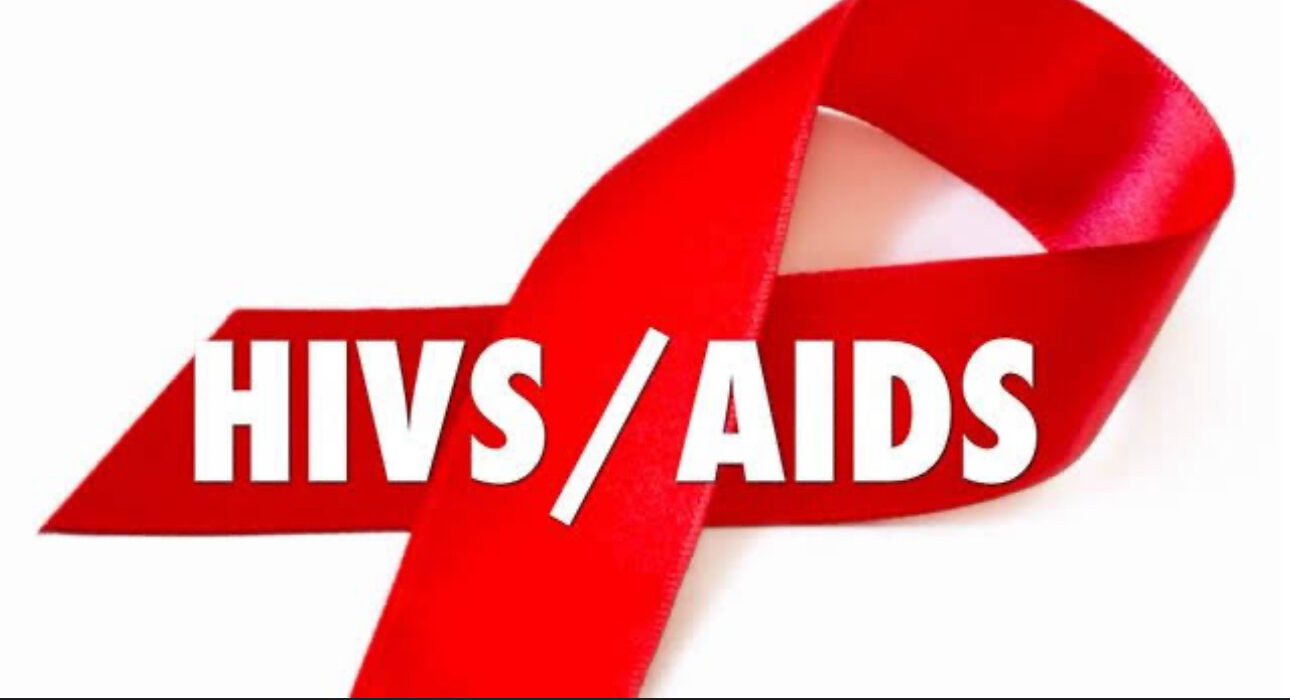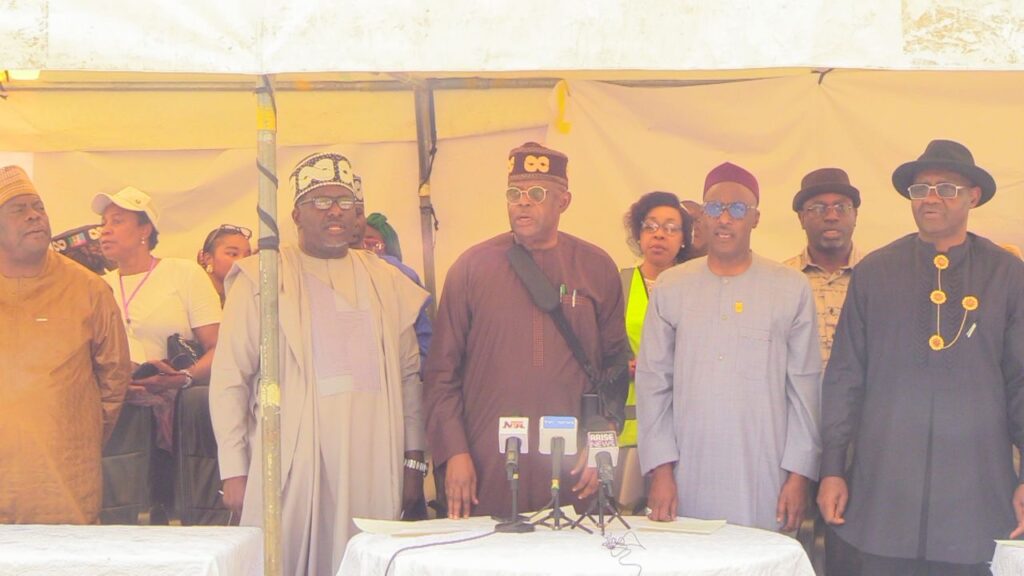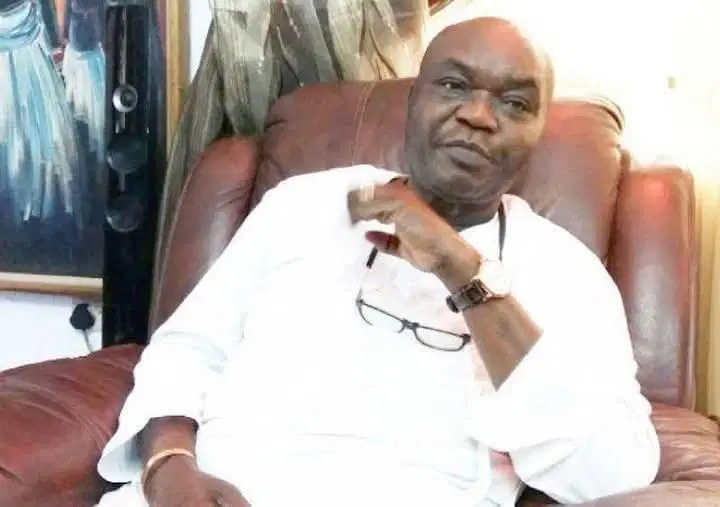Rivers State Tops 2024 HIV Estimates with Over 208,000 Cases, NACA Report Reveals

The National Agency for the Control of AIDS (NACA) today published its 2024 Spectrum estimates, showing that Rivers State now has the highest number of people living with HIV (PLHIV) in Nigeria, recording 208,767 cases.
Benue State follows closely with 202,346 PLHIV, while Akwa Ibom ranks third at 161,597 cases .
Together, Rivers, Benue, and Akwa Ibom account for more than a quarter of the country’s HIV burden, underscoring persistent “hotspots” despite decades of intervention. Nationwide, over 2 million Nigerians are estimated to be living with HIV, translating to an adult prevalence of approximately 1.4% .
Just behind the top three, Nigeria’s commercial hub Lagos State is fourth with 108,649 cases; Anambra State reports 100,429, and the Federal Capital Territory ranks sixth with 83,333 cases .
Regional Breakdown Highlights Uneven Distribution
• South-South Zone (including Rivers and Akwa Ibom) bears the greatest regional burden, with over 770,000 PLHIV—roughly 37% of the national total .
• North-Central Zone (led by Benue’s 202,346 cases) contributes about 516,800 PLHIV, emphasizing persistent challenges even outside historically high-prevalence areas .
• North-East and North-West zones together account for the remaining 45%, though under-reporting in conflict-affected states may mask true caseloads .
The 2024 report also reveals that 43,683 Nigerians died from HIV-related causes in the past year, including 15,094 children under 15. On the treatment front:
• 1,753,425 PLHIV know their status.
• 1,735,808 are receiving antiretroviral therapy (ART).
• Of those on ART, over 1.1 million have achieved viral suppression—an encouraging sign for treatment efficacy .
However, prevention of mother-to-child transmission (PMTCT) remains a gap: only 31,095 of the 93,186 pregnant women identified as HIV-positive received antiretrovirals to protect their babies .
Commenting on the figures, NACA Director-General Dr. Temitope Ilori highlighted recent federal commitments: “The 2025 budget allocates over ₦300 billion to health, including ₦4.8 billion earmarked for HIV treatment. We are scaling up community testing and ART distribution, especially in high-burden local government areas,” she said .
Key strategies now under way include:
1. Surge testing campaigns in Rivers, Benue, and Akwa Ibom to identify undiagnosed cases.
2. Expanded ART access—leveraging mobile clinics and community pharmacies.
3. Strengthened PMTCT services, integrating HIV screening into routine antenatal care.
4. Data-driven hotspot mapping to target resources at the ward and community level.
As Nigeria approaches its 2025 HIV targets, the emergence of Rivers State as the single largest subnational burden signals both progress and the need for agile responses. Stakeholders urge intensified collaboration between federal, state, and community actors to ensure that testing, treatment, and prevention services reach the most vulnerable—particularly in urban port cities and rural migrant corridors where transmission risks remain highest.







